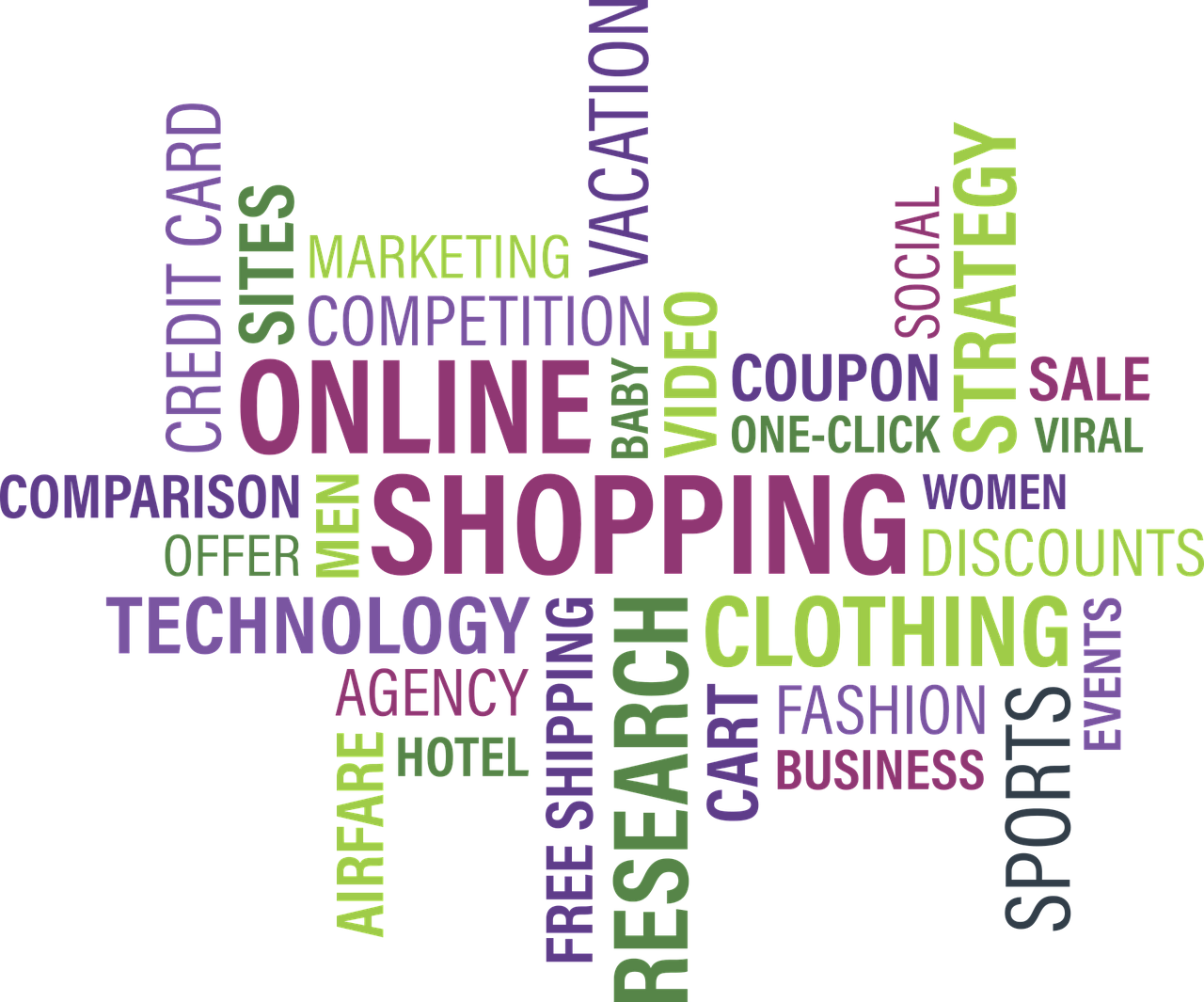
Are you planning to sell both online and offline? This is multi-channel trading.
Ecommerce accounts for over 40% of all retail sales worldwide and demonstrates that mixing the two sales channels can be very profitable when working in synergy; especially when you run marketing strategies such as ‘Buy Online, Collect-in-Store’.
The advantage of an online business is that you can sell a complete selection of products, with no limits on space. A bookstore can only hold so many books, but online you can display and sell the entire range of book titles the world over, should you wish.
An online business typically has highly automated and more efficient software and systems. Online marketing is highly targeted and ultimately ecommerce overhead costs are lower. On the flip side, if not managed well
ecommerce costs can skyrocket and sink your business.
Ecommerce businesses do not have a typical storefront with passing trade (footfall), so you cannot be passive and wait for customers to come to you, as many offline retailers do.
However, just like an offline business, a website needs traffic (customers), conversions (sales) and it’s essential you build a relationship by communicating with your customers to offer them valuable information and products on the back-end (after the sale is made).
It’s important to look at your ecommerce website like a physical store. What I mean by this is; always think about shops you like to buy from when working on the design, adding features, improving usability and especially how products are displayed. Get your customers in with the least resistance as possible and get that sale!
If you already have an offline business, bolting on an ecommerce business could be the way to double or even triple your profits and reach customers in parts of the world you never knew existed. However, an analysis of the pros and cons must be completed. If approached without planning or checking the numbers it may just add unnecessary costs, which ultimately reduce your profits.

